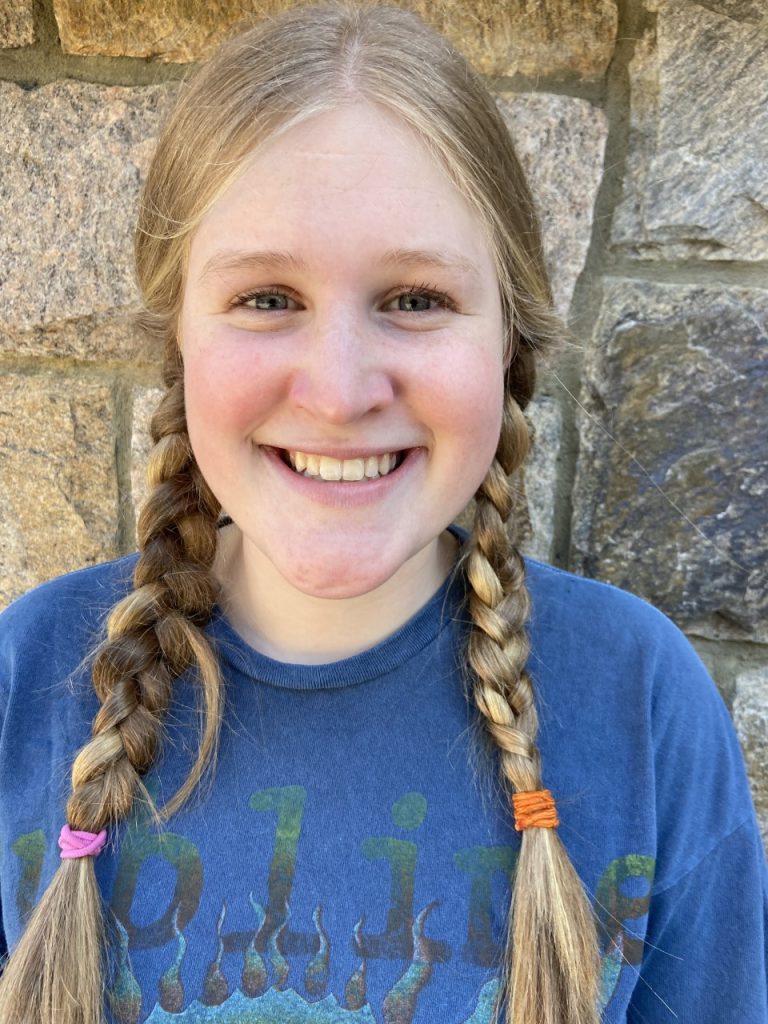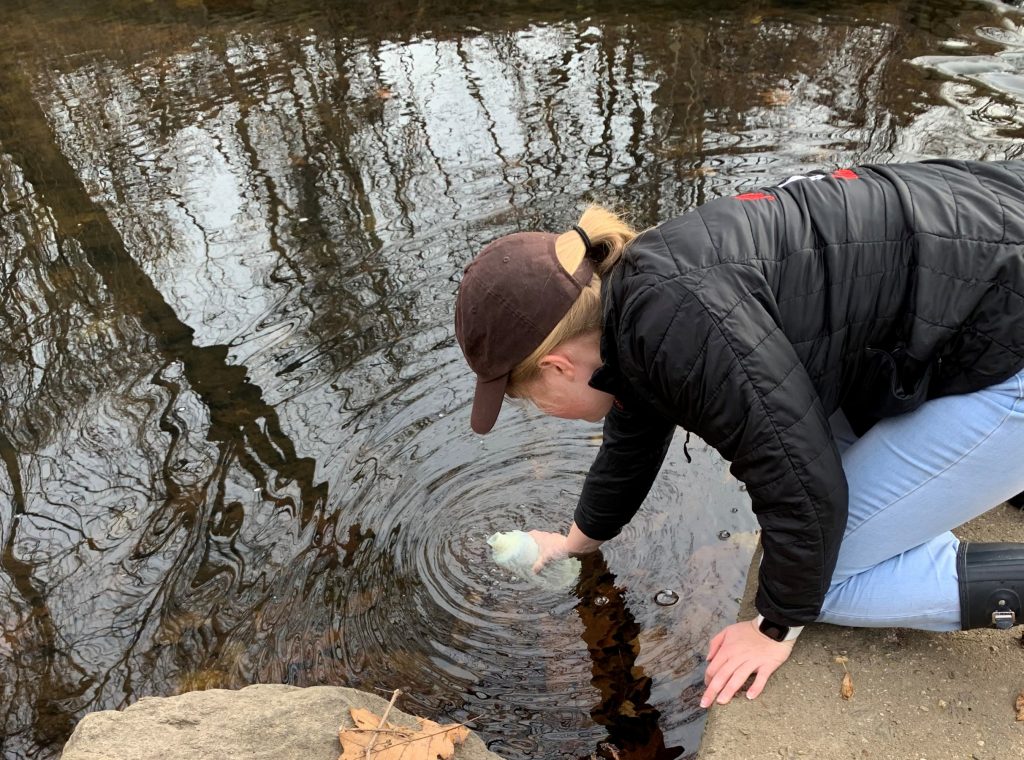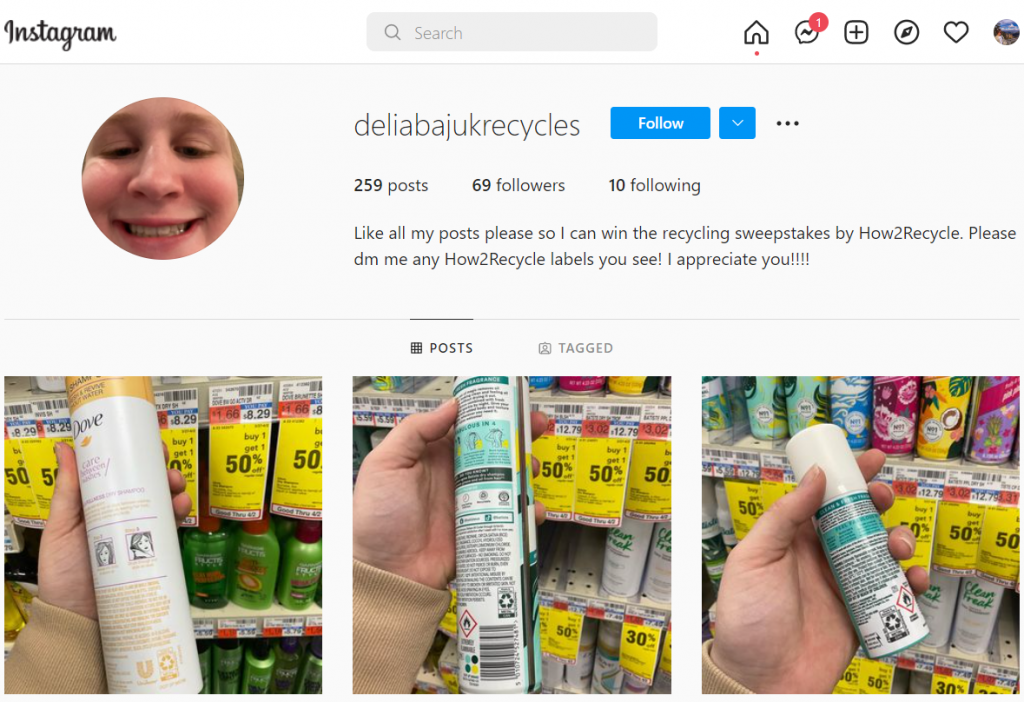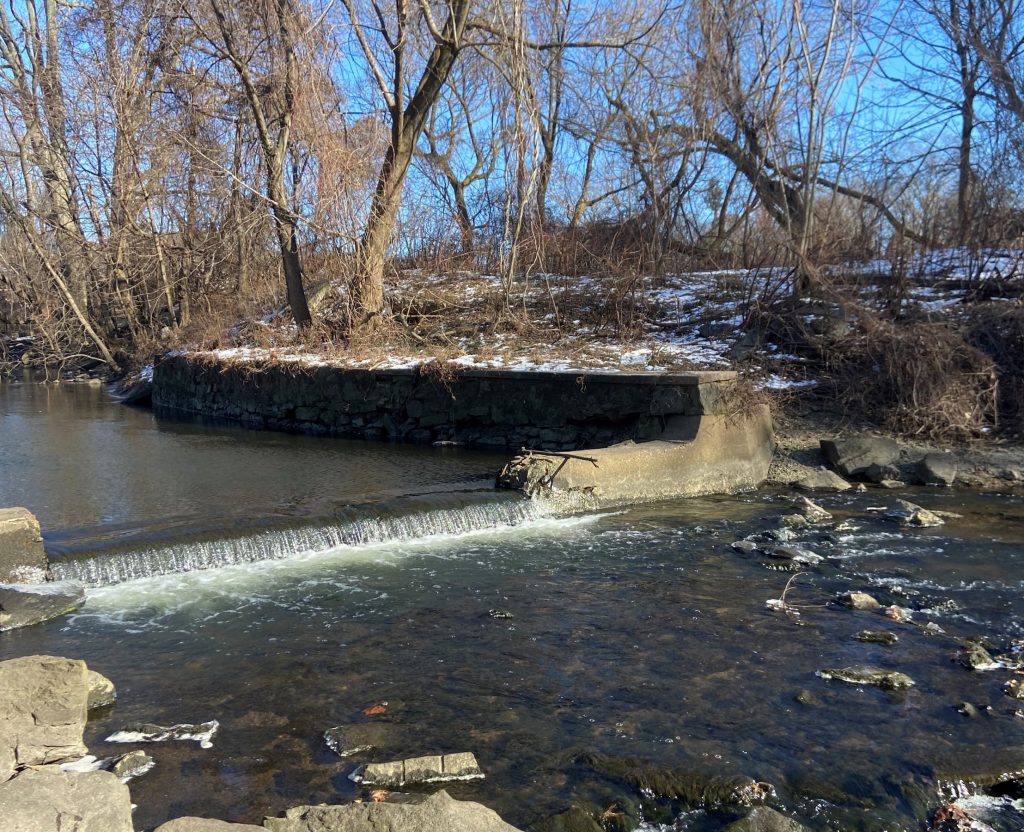Delia Bajuk, a junior at the Rye High School, started taking a specific action for the environment last December, monitoring water quality at the Blind Brook Dam in Rye, New York. She had been connected to Save the Sound through our Clean Water Rye community forum, where Katie Friedman, New York Ecological Restoration Program Manager, inspired Delia to care about dam removal and fish passage.

“At the time, my favorite class was AP Environmental Science, where we were learning about all of the negative effects of dams on wildlife” says Bajuk. “I became very interested in the dam, and it being so close to my school, I decided I would set up a project to monitor the water quality above and below the dam.”
Blind Brook flows through the City of Rye into Long Island Sound. The first downstream dam on the Brook that Delia monitors near her high school is one of many obsolete dams in the region that blocks access to migratory fish habitat upstream. Water quality readings are important to collect when considering dam removal for stream restoration. There are many ecological benefits that can result from dam removal, and understanding how salinity, temperature and dissolved oxygen may change through that process is helpful in predicting the state of the site after a dam has been removed.
Bajuk took initial readings in December 2021, and now is in a fundraising stage with goals to raise enough money to purchase equipment to collect more detailed water quality and flow data. And her fundraising has already reached the halfway mark to her goal.

“I had goals to raise about $4,500 to purchase the equipment I need, and a friend of mine decided to donate $2,000 from a science research competition award that she won,” says Bajuk. “I am incredibly grateful for that donation and now, I am in the process of securing the remainder of the funds through another competition.”
The current competition and fundraising strategy uses social media as a platform for education.
“This competition is one hosted by a recycling company, which challenged students to use social media to communicate the dos and don’ts of recycling,” she says. “I started an Instagram profile, @deliabajukrecycles where I post photos of recyclable items and explain to my audience how to properly dispose of this kind of trash. It has been a fun project. I have over 60 followers, I have learned a lot about recycling myself, and I am helping my school qualify as one of the top three schools, which will result in an award of $2,022 to be dedicated to my research project.”

As Bajuk gears up for her next site visits, she is excited to use her social media skills for good, educating people on the importance of dam removals and her work at Blind Brook.
“I think there is a lot to learn about Blind Brook and in general about taking care of wildlife, and social media is an accessible place to produce and read that content” says Bajuk. “Instead of asking for donations to help me buy new equipment, I am asking for people to educate themselves on ways to live more sustainably and in sync with nature. And to that goal, eventually, I would love to bring people out to Blind Brook and talk to them about what I have learned here. I am truly connecting my two passions, water quality and wildlife, in the Blind Brook project, and I am excited to get back out there soon.”

Save the Sound will be sharing Bajuk’s work as she prepares for her next round of monitoring. Be sure to follow us on social media to see the latest updates from the field.
